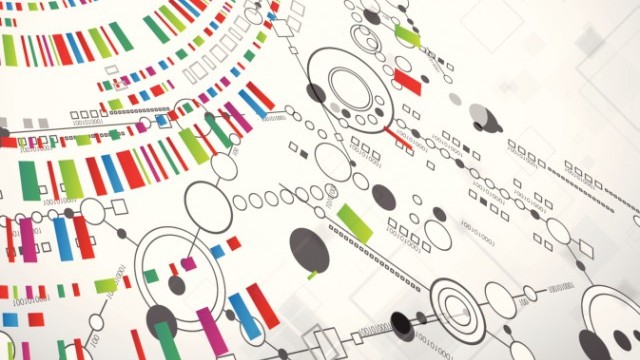Classroom Outcome: We might notice that our students seem more “antsy,” but in reality, sitting still in a seat for several hours has never been ideal for learning. Research is now becoming more abundant to back that statement. Incorporating regular brain breaks or mini-activities that require kids to move every 15-30 minutes re-invigorate the brain and get them refocused in the tasks at hand.
On-Demand Living
Most of us grew up in an era of either three basic television channels or the privilege of many via paid cable. With the digital era, television and movies have seen an exponential change in how they are distributed and accessed. You no longer have to wait for that favorite re-run of Moonlighting; today, you can just pull it up on your phone. Better yet, you can pause it on one device and then watch it on another when you choose. If you really get hooked on a show, why wait a week when you can just binge view it?
Classroom Outcome: Flipped-teaching comes to mind when thinking of the “on-demand” model of learning. Not everyone has the time or energy for a full-fledged flipped-teaching model (not to mention at-home access for all students), but recording some lessons or concepts for later viewing, even in class, would be one way to let students have access to information when they want it. Wouldn’t it be nice if kids wanted to binge learn?
Self-Publishing the World As We See It
They ways we viewed and read the news was previously distributed to us through a filter. Publisher, editor, advertisers, and corporations decided what we should watch and read when it came to content. In some ways, the classroom has followed a similar path. Look at the world now when it comes to news. We are all publishing to the world around us in blogs, tweets, posts and...yes...even Instagram selfies. Our brains are no longer designed to sit back and take what is given to us. We want to create and share what we see and learn too.
Classroom Outcome: This is one area where I feel that education has excelled, but there is still room for improvement. We’ve always encouraged students to write and report on what they think or believe. As students, we learned to play the game of “know your audience” when it came to writing a paper for a certain professor. Our purpose was writing for writing’s sake. Now we no longer have to limit ourselves to one recipient. Our students have access to a global audience and don’t have to write just to please one teacher. They can write based on what they see and believe to be true.
Everything is Mobile (and Instant)
As fast as the internet took the world by storm, the mobile revolution dropped a bomb of societal change and practice. People can now have all of their media in the palm of their hand. They can connect with anyone, anywhere. While there isn’t always value to why we use our devices, having that instant access means our brains can now outsource menial facts and focus on application and creation rather than retention.
Classroom Outcome: One of the greatest challenges to the classrooms of today is mobile technology. Do we fund a 1:1 program? Allow a Bring Your Own Device policy? Won’t this just add the distraction of the outside world into a classroom? Rather than avoid or ban the use of mobile devices, some are embracing it as a way to not only engage learners, but also dig deeper into learning. This isn’t without its pitfalls, and can be quite messy, but setting expectations of use can be a powerful way to model how our kids use these in the non-school setting. Maybe instead of whipping out their phones when at a restaurant, kids will actually sit and have a conversation with the grown-ups around them. Of course, this is assuming the grown-ups have put down their devices too.
Embracing the Digital Brain
As we can see from these few examples, the world around us is changing. This change affects the way we think, learn, and connect. In education, we have three options when dealing with these changes: avoid it, struggle with it, or embrace it. Technology would seem to be the panacea for solving all of these issues when it comes to engaging the digital brain. However, while it does have an impact in the classroom, the greatest impact still lies within the teacher and the content that they are trying to get their students to learn. Until the pedagogy and purpose align with this new world, we are all left fighting a battle rather than embracing it.
Carl Hooker is the Director of Instructional Technology for Eanes ISD in Texas, an Apple Distinguished Educator, an EdTechTeacher consultant/trainer, and founder of iPadpalooza.


